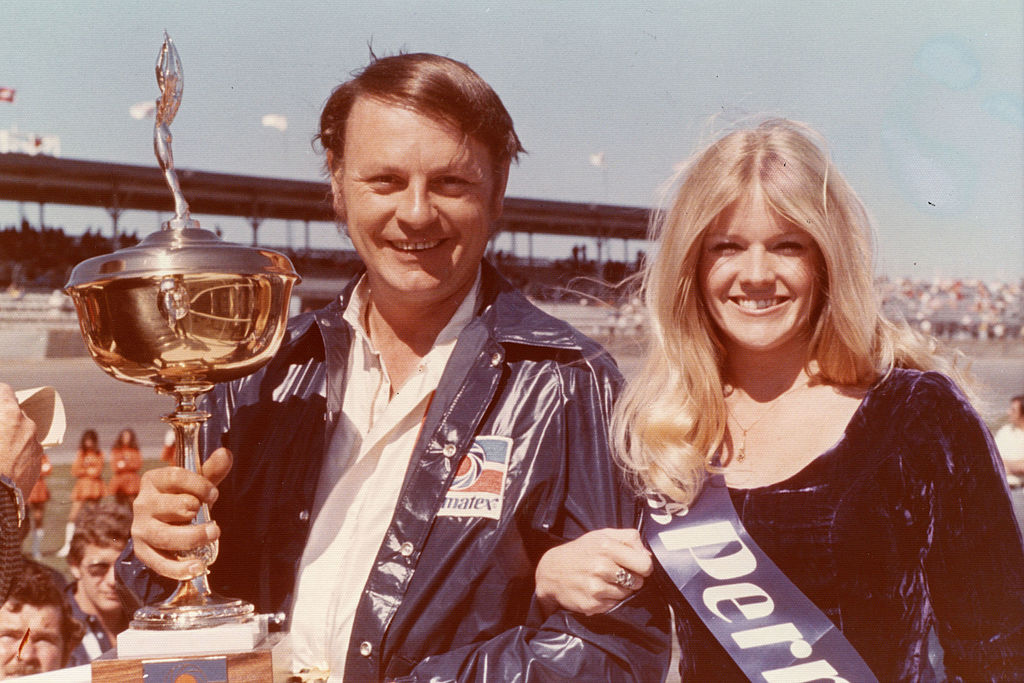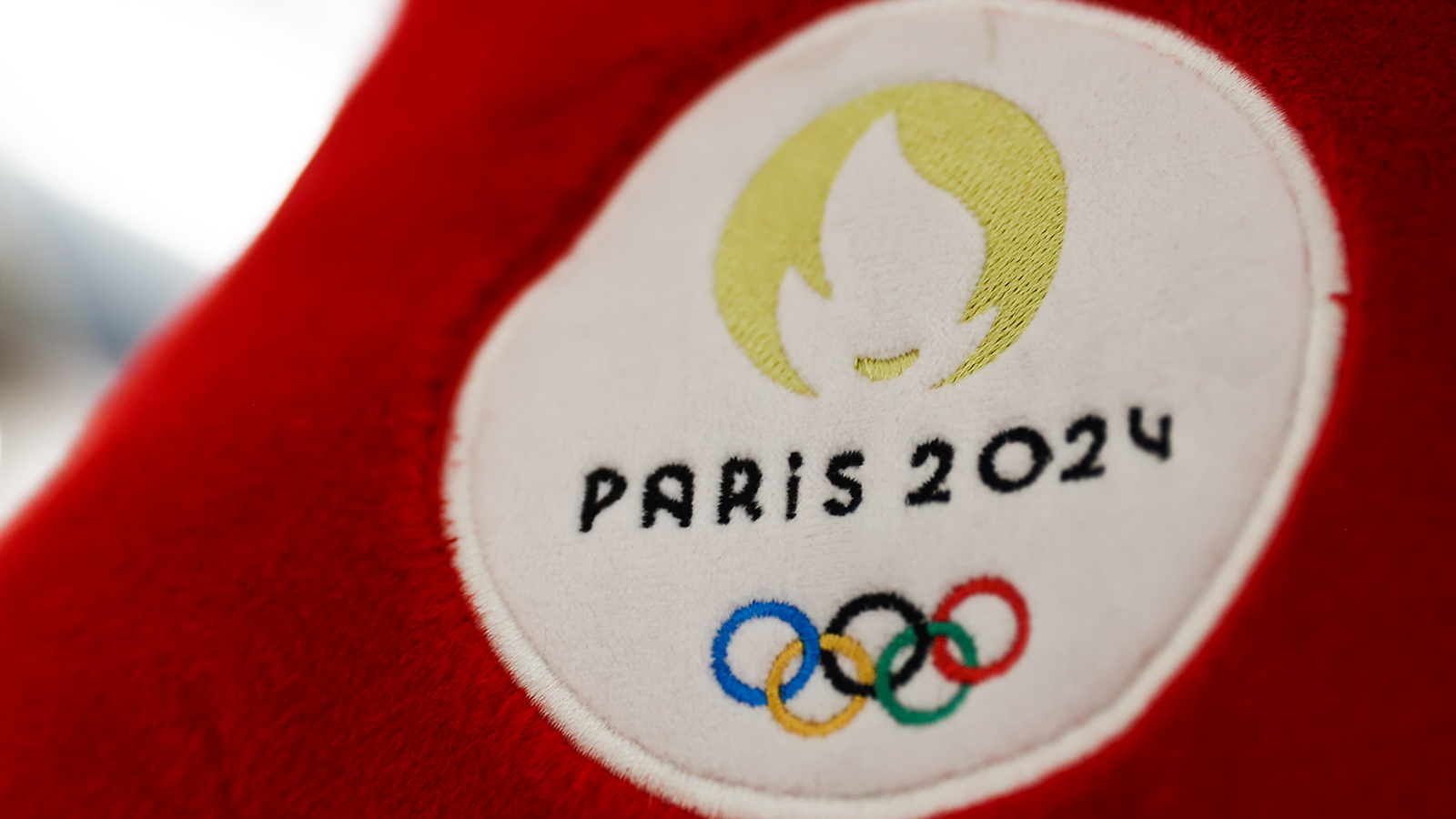
The Wildest 1-Car Crash in NASCAR History Was at Daytona
NASCAR has long done it backward in the minds of sports fans by putting its most prestigious and well-known race at the front of the schedule rather than at the end.
That tradition continues this weekend with the 62nd running of the Daytona 500 in Daytona Beach, Florida, and helps launch the stock-car circuit into visibility following the conclusion of the NFL season and before MLB opens its exhibition schedule or the NBA heads into the stretch drive of its regular season.
Racing stars like Richard Petty and Cale Yarborough made their reputations there by winning Daytona seven and four times, respectively. More recently, Jimmie Johnson, Dale Earnhardt Jr., and Denny Hamlin have won there twice apiece.
None of those greats, however, can lay claim to the title of surviving the most epic one-car wreck in Daytona 500 history. That “honor” belongs to a much-respected driver from the small-track circuit who became an acclaimed car builder in his later years.
What makes the Daytona 500 so significant?
Daytona International is designated a superspeedway because its 2.5-mile NASCAR layout lends itself to the blistering speeds that keep hardcore fans coming back and can capture the interest of more casual viewers. Every pole winner since 2012 has logged a qualifying speed of 192 mph or better.
The race draws the most media attention of the year for NASCAR and scores the country’s highest TV ratings for an auto race. That makes the week leading up to the event prime time for team sponsors to roll out new products and campaigns.
Though NASCAR no longer announces purse breakdowns, the Daytona winner is believed to earn in excess of $1.5 million. That’s the biggest haul of the season.
The 1971 Daytona 500 was historic and memorable
Richard Petty won the 1971 Daytona 500, making him the first driver to capture the event three times.
Petty’s day consisted of 200 laps on the superspeedway. Maynard Troyer’s day lasted just nine laps but was every bit as memorable, albeit for all the wrong reasons.
Troyer lost control of his orange and red Ford on turn two and hit the apron sideways, causing the car’s tires to dig in and sending the driver and his No. 60 vehicle flipping … and flipping … and flipping.
It happened so quickly and with such force that it was impossible to count the number of flips with the naked eye. Viewing the incident on film in slow motion later allowed officials to determine the car flipped 15 times before coming to rest on its wheels.
Troyer, 32 years old at the time and the runner-up NASCAR Rookie of the Year, suffered a concussion, a shoulder injury, and an assortment of bruises but was spared further damage by
What did Maynard Troyer do in his later years?
Maynard Troyer was widely regarded as one of the elite Modified class drivers on asphalt before and after competing on NASCAR’s major circuit. He won numerous races and season championships on the smaller tracks while perfecting car design technology.
A carpenter in his younger days, he founded a leading chassis building company in Upstate New York favored by many of the top regional-circuit drivers.
Troyer died in 2018 at the age of 79.



